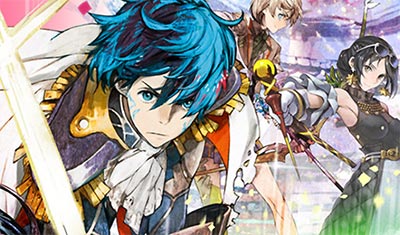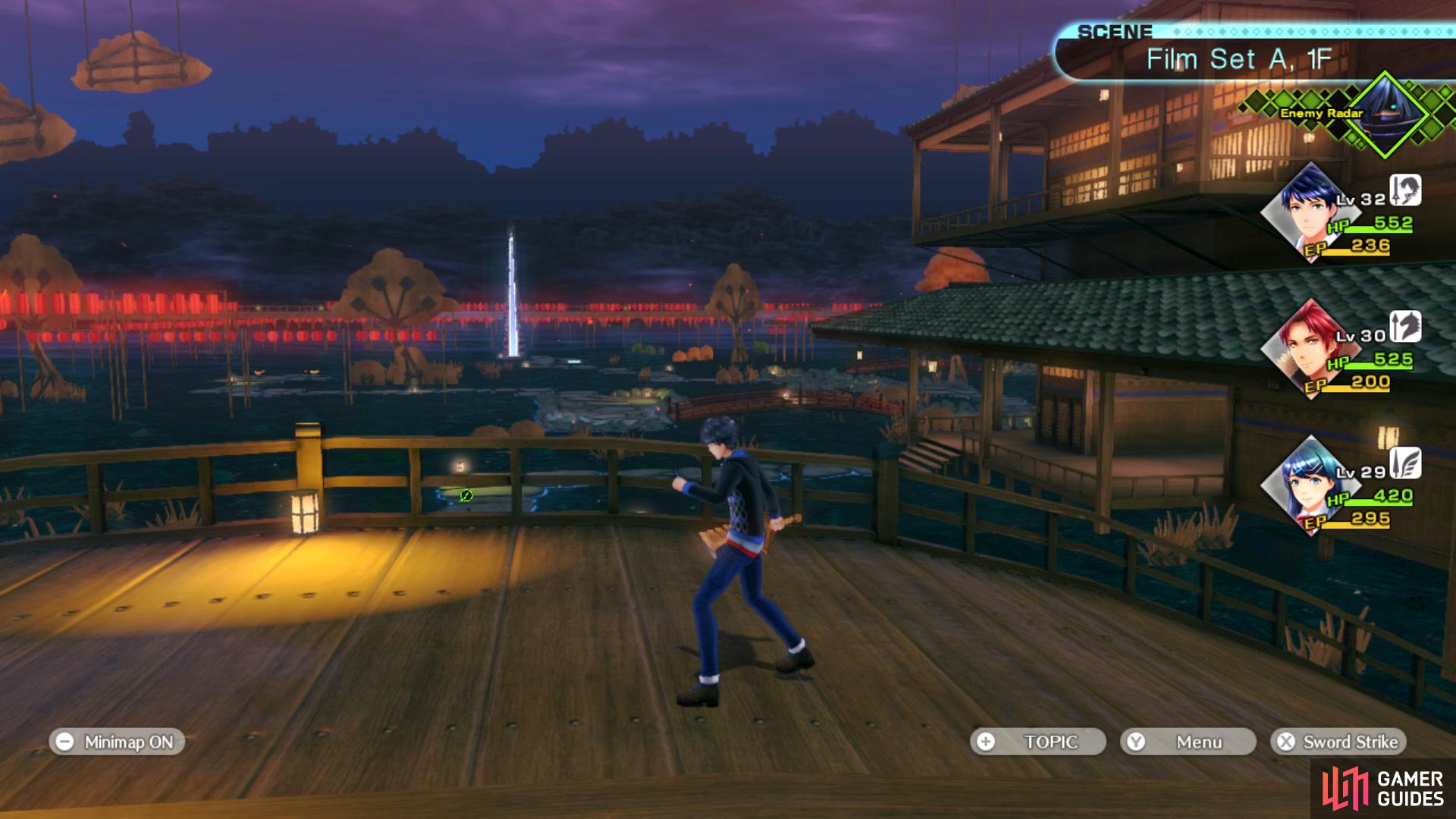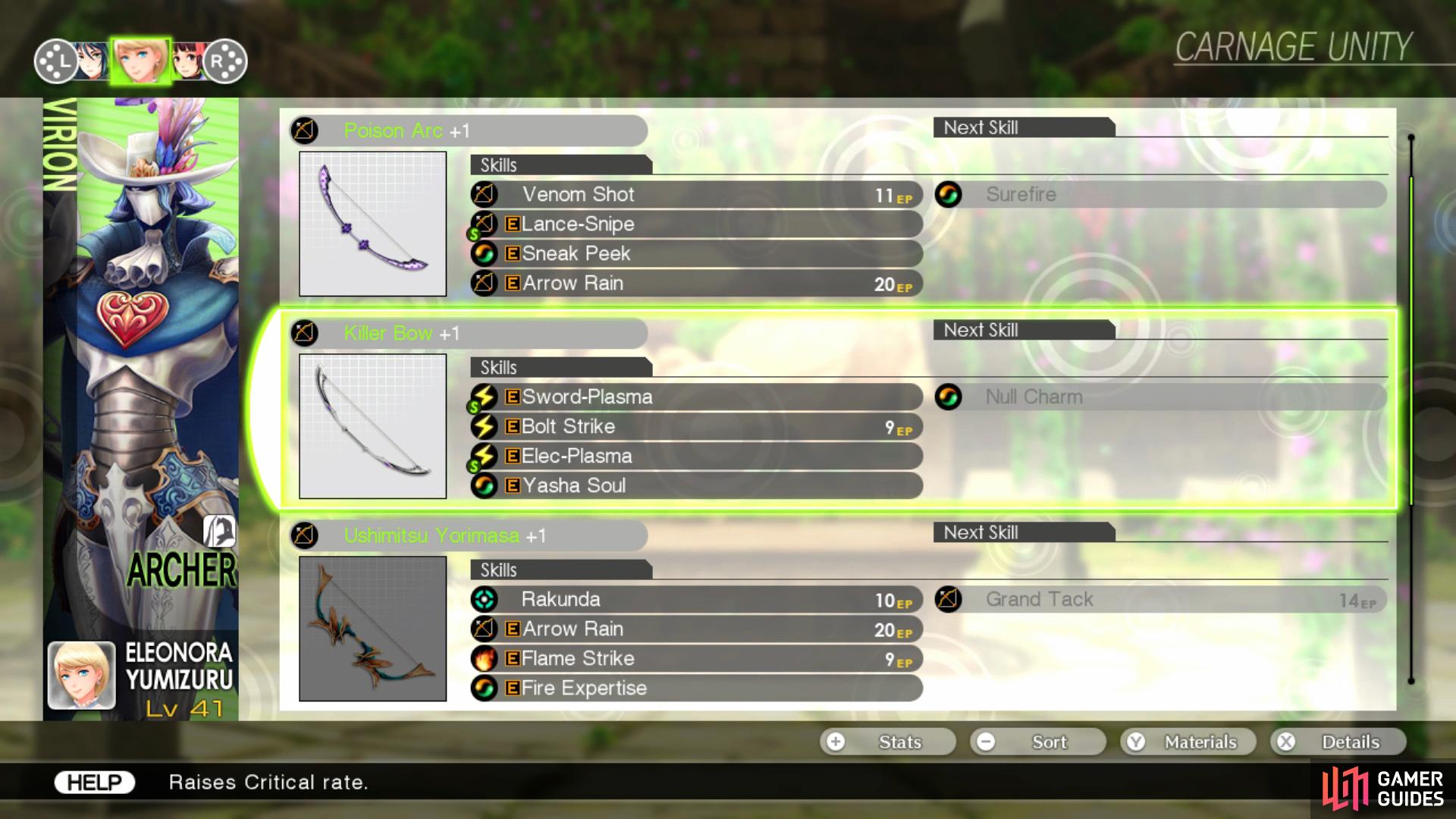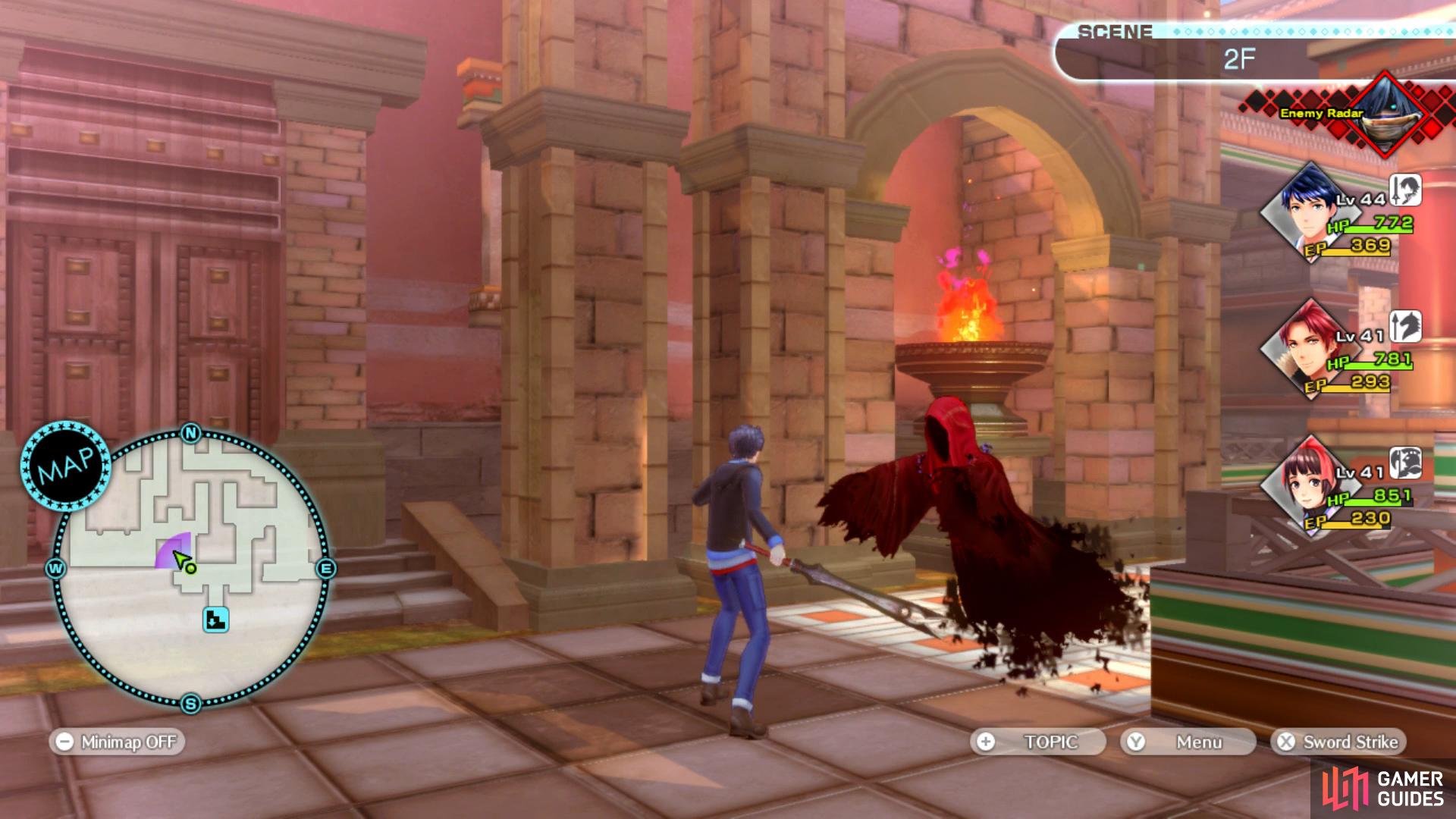
Tokyo Mirage Sessions #FE Encore Review

Pros
- Loading times make a huge difference
- New Ex Story adds more layers to the combat system
- Excellent combat system
- Lots of customization
Cons
- Still no English dub
- Censorship carried over from the Wii U version
- Resolution when docked could be higher
Tokyo Mirage Sessions first started life as the cryptic Shin Megami Tensei x Fire Emblem project back in a Nintendo Direct in January 2013. Not much was announced about the game at that point and speculation was rife about what kind of game this would turn out to be given the strategic nature of the Fire Emblem series and the darker tone of the Shin Megami Tensei series. It would turn out to be a drastic departure to both by the time the game released in Japan on December 26th 2015 as the theme focused on the Japanese Entertainment Industry. This led to mixed reactions due to the expectations that had formed since the announcement and the low sales were compounded by the Wii U’s situation in the current market. What was there however was a fantastic game built on the foundations of Atlus’ expertise on turn based RPGs with a unique mix of Fire Emblem as the primary mystical focus of the game. Persona fever was catching on in the west with the success of the recent Persona games and Tokyo Mirage Sessions ended up feeling like Nintendo’s take on the series with the Mirages, in the form of Fire Emblem characters, taking the place of Personas. The game went for a unique take on the Japanese Entertainment Industry with focus on the Idol culture front and center and due to it, the game was released with just a Japanese voice track due to it fitting the source material more.
The dungeons look fantastic.
The story focuses mainly on protagonist Itsuki Aoi, an 18 year old student who is thrust into an impossible situation when trying to protect his childhood friend, Tsubasa Oribe, an aspiring idol. The duo are thrust into the limelight of the industry after becoming Mirage Masters, users who can control beings from another world, those of Fire Emblem, and fight against the invading Mirages. They soon join Fortuna Entertainment, a talent agency for the industry owned by Maiko Shimazaki, the former model turned business owner. Your party members are all members of the industry such as TV actors, Idol superstars and more as the story focuses on the exploits of these characters in the industry by day and the deeper dungeon crawling exploits once the Mirages attack. The story is one that you’ll find yourselves either loving or hating it, rarely in the middle as the focus is heavy on the theme, there’s lots of singing and acting and this carries out across the entire game, even into the battle system.
Exploration is centered on Shibuya as a whole and it acts as the main hub of the game where you’ll find the usual amenities such as shops, cafes and plenty of people that need aid in the form of requests. As the game progresses, you’ll visit all manner of locales from the industry such as a TV studio and the iconic Shibuya 109 (named 106 here) as to name a few. You can skip around the explorable world with ease using the fast travel shortcuts and there are skills that will teleport you back to Fortuna Entertainment with ease, the game’s primary home base of sorts. You’ll be making use of this area a lot as the primary means of progression is all focused in the Bloom Palace, a locale where your characters will develop their skills and abilities.
The dungeons themselves are in the vein of an illusory take on the locations you visit, usually after a Mirage has overtaken a prominent member of the industry. For example, you’ll find yourself in a warped version of the Shibuya 106, the streets of Shibuya itself and more and they all lead to some rather unique takes on the locations. Every dungeon has a theme and unique puzzle elements in them which allow for them to be more interesting than just simple dungeon crawling. The first real dungeon sees you altering giant mannequins in a department store as you continue to climb to the top where as another dungeon sees you avoiding giant cameras that will warp you back to the entrance if you cross their field of vision. Throughout this, you’ll come into contact with Mirages roaming the area where you’ll have the chance to strike them to allow a possible first strike in the following battle. The dungeons are unique and fun to explore and take more of a focus from say Persona 5’s more grandiose dungeons rather than Persona 4’s simple dungeons. It’s exciting to discover what the next puzzle for a dungeon will focus on and the battles themselves being a joy mean that the constant battles, which can be avoided at ease, don’t intrude too much. If there is a criticism to be made, it’s the need to constantly travel from dungeon to Fortuna Entertainment often due to the nature you progress your characters, you’ll want to be learning new skills at all times using the materials that enemies drop and that means teleporting out regularly (thanks to an early skill you learn) to get a hold of them.
As previously mentioned, combat is a delight and one of Tokyo Mirage Sessions’ greatest features. On a surface level, they play out similar to Atlus’ other turn based combat systems where your focus is first finding the weakness of an enemy and then exploiting it using familiar skills and spells from both Shin Megami Tensei and Fire Emblem. The weapon triangle from Fire Emblem (where Sword beats Axe, which beats Lance) is worked into it as enemies feature weakness’ not only to the four elements in the game but the weapons too and if you know the weapon triangle, you’ll have an advantage from the get go. There’s a reason for wanting to aim for the weakness however as once you do, you’ll start of a chain of attacks known as Sessions (more on that in a moment) which allow you to really deal some damage along with obtaining am abundance of useful items or Yen. There’s a nice level of difficulty to the battles and with plenty of Skills, Special Skills (all of which take inspiration from the Entertainment Industry theme) and seven party members, there’s always something new to see. Boss battles especially are rather difficult unless you plan ahead and it’s not unheard of to lose your first attempt at a boss (especially on the higher difficulties) only to win once you know it’s weaknesses on a second attempt.
Sessions really elevate the combat system and the option to speed them up is welcome.
Sessions however, as mentioned above, is where the combat really shines. Characters will learn Sessions skills that you can’t select normally however when you hit an enemy weakness, using say Zio (lightning), a party member will follow up if they have a Session skill that links to that attack such as Elec-Lunge. This can then be followed up with another party member for a third hit and is sometimes enough to take out a single enemy. This becomes expanded on even later in the game where you gain the ability to have party members not in you active party join in too creating huge Session Chains that can then be drawn out even longer with the addition of Duo Arts that will kick off the chain from the start again. This is important for two reasons, the bosses that you fight have large pools of HP you’ll need to deplete and perhaps more importantly, the fact that you’re rewarded with either Yen (the game’s currency) or items in the form of Performa (monster materials), needed to create new weapons. The problem this system created in the Wii U original was that battles would become rather lengthy late in the game when hitting an enemy weakness would cause a long Session Chain to play out that couldn’t be skipped. This is one of the greatest changes in the Switch version however, with a press of a button, you can shorten the animation of Sessions so that they play out instantly, making a Session Chain last only a few seconds and in turn battles too. This cuts down on battle time dramatically is arguably one of the best changes found in the Switch port.
As mentioned before, Bloom Palace at Fortuna Entertainment plays a large part in the progression of your characters. You’ll find Tiki here, a character from Fire Emblem: Shadow Dragon, and she has the ability to perform both Carnage Unity and Radiant Unity. The first, Carnage Unity, is essentially the creation of new weapons using the Performa (materials from enemies) while Radiant Unity are character specific abilities you can learn with useful functions such as teleporting back to Fortuna Entertainment or cutting down on enemy encounters. The creation of weapons is important for two reasons however, first is obviously the increase in attack power and shifting your resistances but more importantly, each weapon comes with a set of five skills to learn from. This in turns becomes the primary system for progressions as you’ll want to constantly upgrade your weapons to keep learning new skills and there’s plenty of weapons to create, all with their own unique models. This can be further customized once you start gaining access to Master Seals which allow each character to Class Change into one of two different classes, gaining access to even more weapons. The problem this system poses however is the fact that you’ll always want to be learning new skills and when you’re in a dungeon, you’ll need to teleport out frequently to create more weapons.
There’s an abundance of skills to learn along with unique models for the many weapons in the game.
There’s more to see and do in Tokyo Mirage Sessions outside of Shibuya and the dungeons however. You’ll find plenty of requests from people to undertake, an Arena to dive into with unique rewards and then there’s the Side Stories. These take the place of your typical Persona Social Links and each character has a storyline that you can follow (and that can’t be missed) which deal with their place in the Entertainment Industry and them as a character in general. These are well written and arguably some of the best storylines there are to see in Tokyo Mirage Sessions however if you don’t have the tolerance for the Japanese Entertainment Industry then you’ll find these of little interest outside of the rewards you receive. There’s a total of 57 costumes to collect, all of unique design rather than simple color swaps and all of the Wii U version’s original DLC is included in the package such as the optional dungeons that allow you to easily acquire Tomes (boosts EXP to the next level) and Skill Books (boosts Skill EXP to the end of the bar) which will allow you to truly break the game should you struggle enough with it.
Tokyo Mirage Sessions however can’t be mentioned without the conversation of the censorship in it. Encore is based off the western Wii U version meaning that all the censorship has been carried over, something that didn’t go down well with Japanese fans. For the most part, they’re relatively tame censorships such as characters being aged up a little and a bit of additional clothing added here and there but there is one particular instance where this becomes a detriment to the game. The game’s second dungeon focuses on the modeling aspect of the industry and while the original Japanese version featured characters in rather revealing clothes, the western and Encore version replaces that with streetwear. While the clothes themselves are more tasteful, it’s clear to see that the scenario was written with the other attire in mind and the way the characters and the scenario unfolds makes little sense with the changes made there.
The Encore version of Tokyo Mirage Sessions is for the most part a straight port of the Wii U original but the included additions do make a huge difference to the game. The load times have seen a significant improvement to the point that it was a huge negative on the original game but here they’re snappy meaning you don’t groan every time you encounter an enemy or open the menu. The previously mentioned addition to Sessions also keep battles moving at a quick pace allowing battles to not feel as drawn out as before, especially later in the game. Finally, there’s the addition of a new EX Story that takes place during the game’s Intermissions. This is the form of a short dungeon you’ll gradually progress through as the game goes on but the new backstory on some of the cast is welcome and the treasures you find there are great. The original game’s DLC costumes are found here such as costumes based on characters from other Atlus properties and you’ll also find new costumes such as a Joker (Persona 5) costume for Itsuki and a costume based on Fire Emblem: Three Houses. Finally, you’ll get powerful skills that allow some of the non-playable cast to join in your sessions, these are actually fairly powerful and allow you to create large Session Chains a lot earlier in the game.
The new EX Story takes place in one area you’ll visit many times over the course of the story.
The sound design in Tokyo Mirage Sessions also deserves praise although how much will factor into how much tolerance you have for the idol culture. There’s plenty of vocal tracks from the characters as they perform concerts and the like which then take the form of special abilities and they’re well sung and even catchy. There is a bit of disappointment that there’s still no English voiceovers although it’s understandable due to how niche the title is and the fact that the Japanese voices help to create that authenticity of being in Shibuya. The decision to omit subtitles from battles however is still a disappointing one, there’s a lot of chatter in battles that’s completely missed out on if you’re not fluent in the language and it’s something that could’ve been seen as a nice addition to the Encore version.
Great Port
Tokyo Mirage Sessions #FE Encore is a great RPG that deserved a second chance on a more popular console. The changes might not be numerous but what is there elevates the game beyond the original and for those with a tolerance of the industry, you’ll find a fantastic RPG that fills that Persona void on the Switch.
Gameplay:
Sound:
Graphics:
Story:
Value Rating:





No Comments